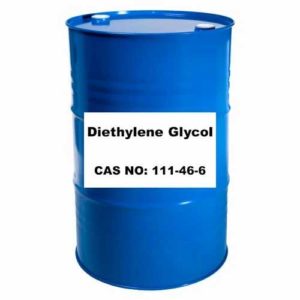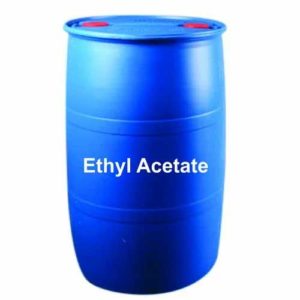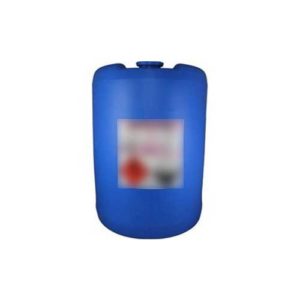ETHYL CELLOSOLVE (C4H10O2)
ABOUT:
Ethyl Cellosolve is typically produced by reacting ethylene oxide with ethanol in the presence of a catalyst such as sodium hydroxide or sulfuric acid. This results in the formation of ethyl Cellosolve and water as a byproduct. The mixture is then distilled to purify the Ethyl Cellosolve. Other methods, such as the reaction of ethylene glycol with ethanol, can also be used to produce Ethyl Cellosolve.
PHYSICAL PROPERTIES:
Also known as 2-ethoxyethanol
Appearance: clear, colorless, volatile liquid
Odor: mild, sweet odor
Molecular weight: 90.12 g/mol
Melting point: -115 °C
Boiling point: 135 °C
Density: 0.930 g/mL at 25 °C
Solubility: Miscible with water and many organic solvents
Viscosity: 3.62 cP at 25 °C
CHEMICAL PROPERTIES:
- Functional group: Ethyl Cellosolve contains both an ether (-O-) and an alcohol (-OH) functional group.
- Reactivity: It is a relatively reactive chemical and can undergo various chemical reactions, such as esterification, etherification, and transesterification.
- Hydrogen bonding: Ethyl Cellosolve can form hydrogen bonds with water and other polar solvents, which affects its solubility and other properties.
- Acidity: It has a slightly acidic nature due to the presence of the -OH group and can act as a weak acid in some reactions.
- Reactivity with metals: Ethyl Cellosolve can react with some metals, such as aluminum and zinc, forming complexes and potentially causing corrosion.
APPLICATIONS:
TEXTILE PRODUCTION:
- Ethyl Cellosolve is used in the textile industry as a solvent for dyes, resins, and other coatings.
- It is particularly useful for reducing the viscosity of high solids formulations and improving their flow properties, which makes it easier to apply them to textiles.
VARNISH AND PAINT REMOVERS:
Ethyl Cellosolve is used as a solvent in varnish and paint removers. It is effective in dissolving and removing various types of coatings, including oil-based paints and varnishes, as well as lacquers and enamels.
FORMULATION OF LACQUERS :
- Ethyl Cellosolve is used as a solvent in the formulation of lacquers as it is a good solvent for nitrocellulose. It can be used as a coalescing agent that promotes film formation and enhances the flow and leveling of the lacquer.
PRODUCTION OF RESINS:
- It is a common solvent used in the production of resins, particularly in the manufacturing of acrylic and epoxy resins.
- Ethyl Cellosolve is also used as a coalescing agent in water-based latex paints, where it helps the paint particles fuse together to form a smooth, continuous film.
CLEANING PRODUCTS:
- Ethyl Cellosolve is a common ingredient in cleaning products due to its solvent properties. It is used in industrial cleaners to dissolve grease, oils, and other contaminants from surfaces.
- It can also be found in household cleaning products such as glass and surface cleaners, as it helps to dissolve and remove dirt and grime.
PRODUCTION OF PAINTS AND COATINGS:
- Ethyl Cellosolve is added to paint formulations to improve their flow and leveling properties, resulting in a smoother finish.
- It helps to reduce the viscosity of the paint, making it easier to apply.
SAFETY MEASURES:
- Ensure adequate ventilation in the area where Ethyl Cellosolve is being used to prevent the buildup of vapors.
- Wear appropriate personal protective equipment such as gloves, goggles, and a respirator when handling Ethyl Cellosolve.
- Store Ethyl Cellosolve in a cool, dry, well-ventilated area, away from sources of ignition and incompatible materials.
- Avoid skin and eye contact with Ethyl Cellosolve, and do not ingest or inhale the substance.
- Follow appropriate disposal methods for Ethyl Cellosolve, which may include recycling or incineration.
- Be prepared with appropriate emergency procedures and equipment in case of accidental spills, fires, or exposure incidents.







Reviews
There are no reviews yet.